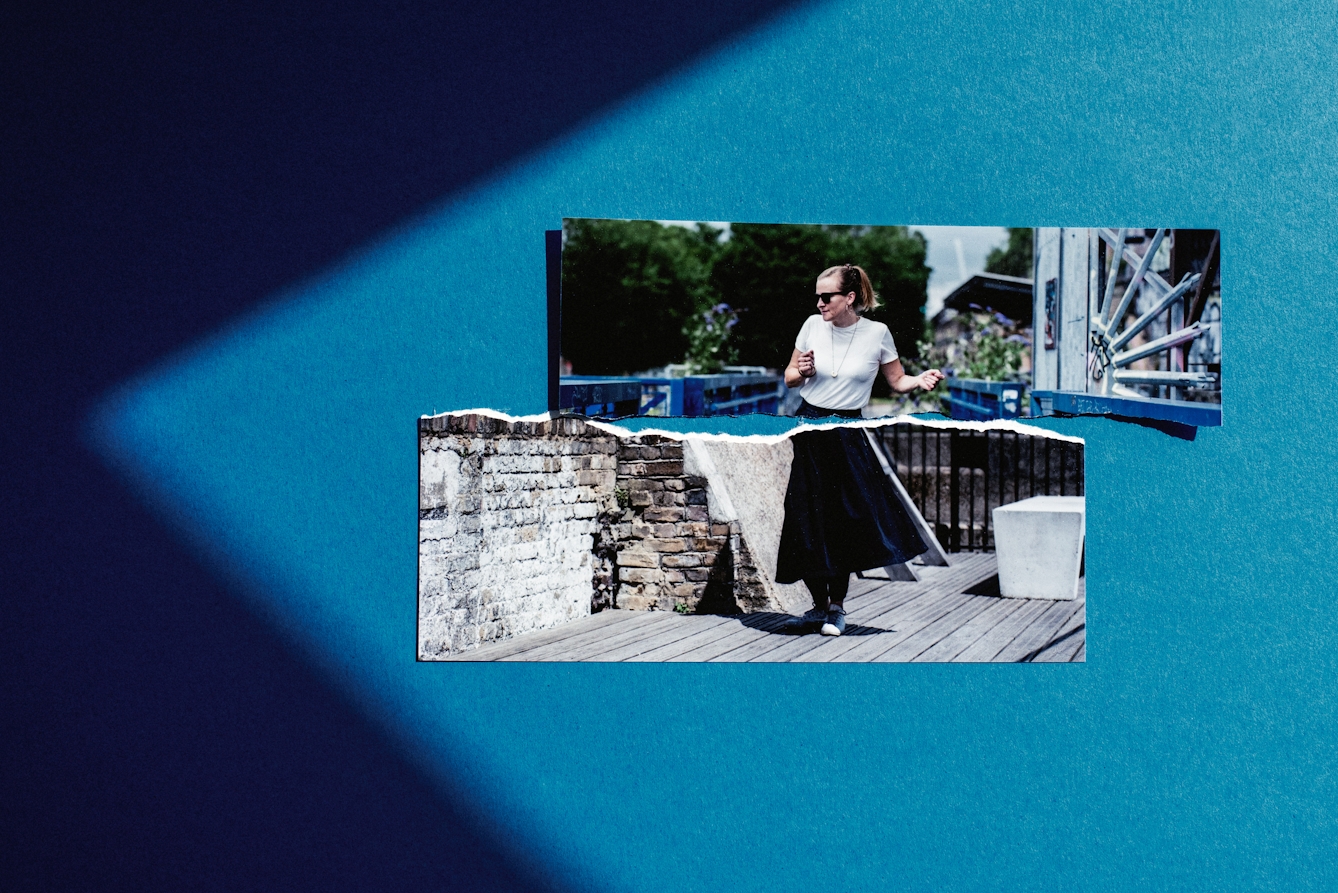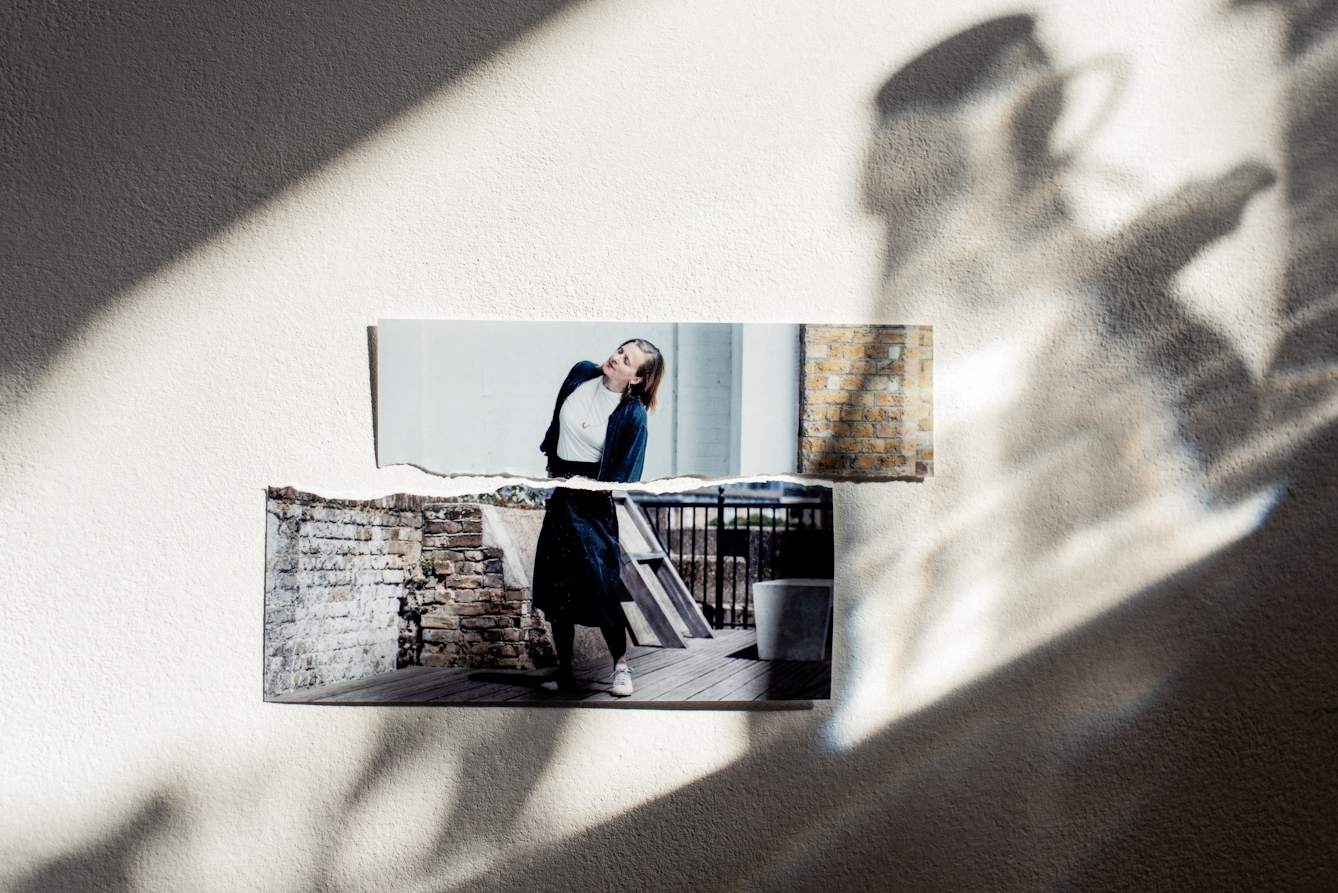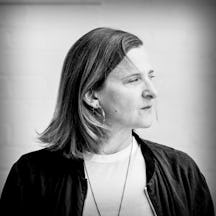Emma Warren knew she could dance – hundreds of club nights on dance floors were the evidence. So her continuing struggle to follow the instructions at contemporary dance classes was a surprise. Eventually she realised it was down to the dyspraxic symptoms of her rare neurological condition.

“Five, six, seven, eight!” It’s a Wednesday night at an adult contemporary dance class at Trinity Laban Conservatoire of Music and Dance in south London. I’m a lifelong dancer, but this was not my usual habitat: I’d been going to nightclubs and dark basements since my mid-teens and spent a professional lifetime writing about dance music, whether that was house and techno, or drum ’n’ bass and grime.
I could confidently find my spot on the dance floor in any situation, whether that was a live jazz jam in south London or a Wednesday night in a dive bar in São Paulo, where DJ Nuts played rare Brazilian seven-inches to a crowd who knew all the words – and all the moves – to all the songs. I’d class myself as a decent dancer with an above-decent experience of the dance floor.
It came as a surprise, then, that I was terrible at contemporary dance. I couldn’t pick up the steps, and whole sections of movement slipped out of my head as soon as we’d learned them. I turned right when we were supposed to turn left and I spent most of the first year finishing dance phrases facing the opposite direction to the rest of the class.
I’d improvise whole sections in the middle until I could find the steps again, my memory blanking out instructions like an out-of-control ‘delete’ button. Not matter how hard I tried, I could not absorb the teacher’s instructions.

"I turned right when we were supposed to turn left and I spent most of the first year finishing dance phrases facing the opposite direction to the rest of the class."
This was extremely annoying, especially given my fluency and confidence in the dark corners of a club. I’d joke in the changing rooms – my legs are dyslexic! – but deep down it was frustrating and embarrassing. Sometimes I’d find a flow, though, and this was joyful. It kept me coming back week in, week out, for nearly two years.
Eventually I realised that the problem wasn’t “dyslexic legs”. The problem was that I have many symptoms of dyspraxia, something that commonly occurs in people like me who have a diagnosis of neurofibromatosis, the most common of the rare neurological disorders.
Clumsiness and chromosome 17
I’ve always been pretty clumsy, especially under stress. I can’t do even simple maths in my head and my poor sense of direction is a source of comedy to my friends. I’ve always been better at improvising than following instruction. A 2017 study of 159 children with this neurogenetic disorder found serious motor problems in 61 per cent of the children studied, often alongside ADHD and autism spectrum disorder.
My clumsiness wasn’t me: it was chromosome 17, where the genetic mutation for neurofibromatosis sits. “Developmental motor problems are frequently overlooked in clinical practice, yet they can have a considerable impact on children’s lives,” wrote the study’s authors, pointing to evidence that early motor intervention (like, perhaps, a dance class) can have a beneficial effect. They noted a 2009 study showing that in ADHD, motor-affected children receiving physiotherapy presented less frequently with emotional and behavioural problems.

"I’d joke in the changing rooms – my legs are dyslexic! – but deep down it was frustrating and embarrassing."
There was a specific reason I found it so hard to learn steps. Verbal instructions are difficult for neurodivergent dancers because dyspraxia affects how we process information. Dr Julian Ahmed is a consultant in audiovestibular medicine at Portsmouth’s Queen Alexandra Hospital.
“Auditory processing disorder has a huge crossover with dyspraxia and dyslexia. These will often co-occur with ADHD or autism,” he says. “In simple terms, information from our eyes and muscles doesn’t match up or get integrated in the coordination centre of the brain. We know what we want to do, but the body doesn’t obey.”
“Technique classes are hard on my brain,” says CEO of integrated dance company Croí Glan and fellow dyspraxic Tara Brandle, who trained at Laban in the 1980s, and like me, was an avid clubber. In learning new dances, she relies heavily on muscle memory. “I don’t try and visualise moves; I just trust that my reptile brain knows what’s coming up.”
“If they start going ‘left arm rises up and swings down, drop onto your right foot and swivel’… I’m just lost,” she says. “My head is spinning and I start to feel irritated, panicky. I can’t take it all in.” These days she can easily recognise neurodiverent kinfolk when she’s teaching class. “It’s this mad mixture,” she says, “of being a good dancer but not being able to remember steps.”

"Verbal instructions are difficult for neurodivergent dancers because dyspraxia affects how we process information."
Movement as medication
There’s emerging evidence says Dr Ahmed, citing Dr Edward ‘Ned’ Hallowell’s NY Times bestseller ‘Delivered From Distraction’, that complex integration activity like dance or martial arts can have lasting effects, above and beyond becoming a better dancer. “These activities start to get things back into sync,” he says.
Dr Ahmed’s interest isn’t entirely clinical: he was diagnosed with ADHD at age 38. Knowing what he knows about complex integration activity, he decided to self-medicate through skateboarding and by taking up jive, because he figured that the spins, manipulation and fast legwork required by the dance style would help re-sync his signals.
"There’s emerging evidence that complex integration activity, like dance ... starts to get things back into sync."
“I know with hindsight that the periods I did a lot better with my ADHD symptoms were when I was going raving, dancing all night,” he says. “After that I did martial arts. These were coping strategies that worked. Where I’ve destabilised is when I changed jobs, had to start commuting, couldn’t keep stuff up.”
His experience chimed with mine. I’m pretty sure I’d have shown up in the 61 per cent of people with motor issues in the neurofibromatosis study if they’d studied me pre-dance. I’m also pretty sure that I’d have slipped out of that category if they repeated the tests after a year at Laban.
I was still a beginner, but I no longer finished all the phrases facing the wrong way. My legs became less ‘dyslexic’ and the rest of me followed – I am better at planning and organisation and I’m more acquainted with my lefts and rights. I’m still pretty bad at directions but, hey, it’s dancing, not magic.
About the contributors
Emma Warren
Emma Warren is the author of ‘Make Some Space’, which she wrote and published in 2019. A companion pamphlet, ‘Document Your Culture’, is out on 31 August 2020. She is working on a new book about dancing.
Camilla Greenwell
Camilla Greenwell is a photographer specialising in dance, performance and portraiture. She regularly works with Sadler’s Wells, Barbican, Candoco, Rambert, The Place, the Guardian, the British Red Cross, Art on the Underground and Wellcome Collection.

